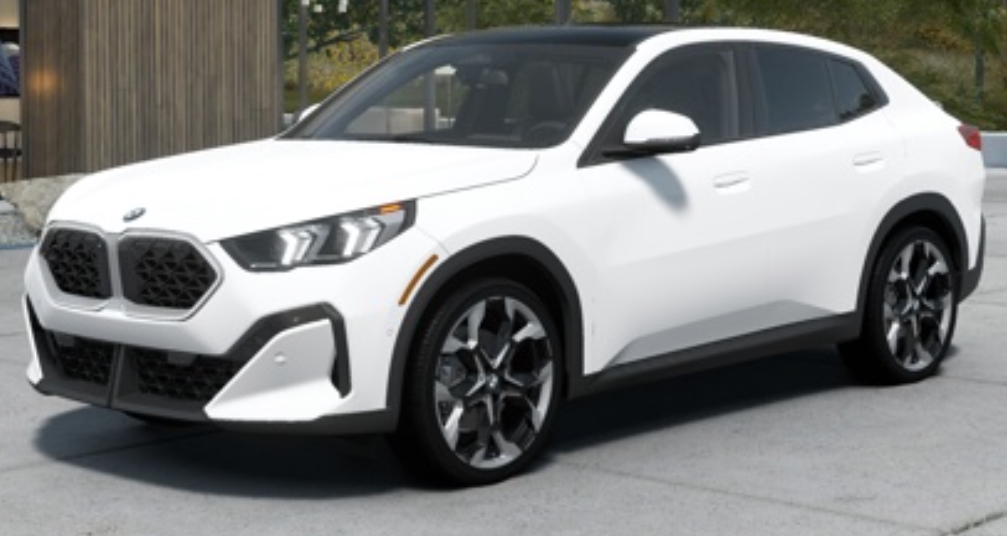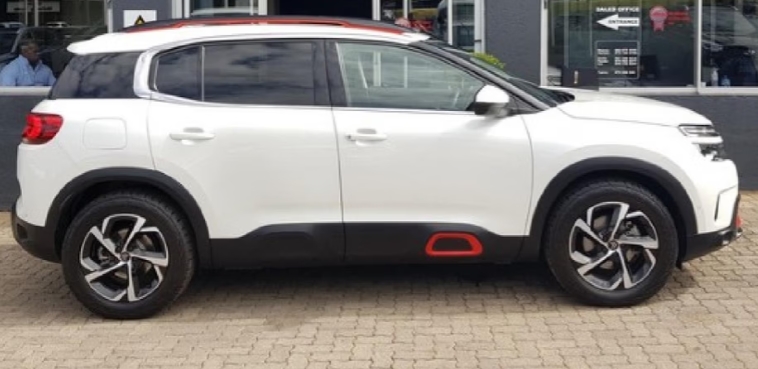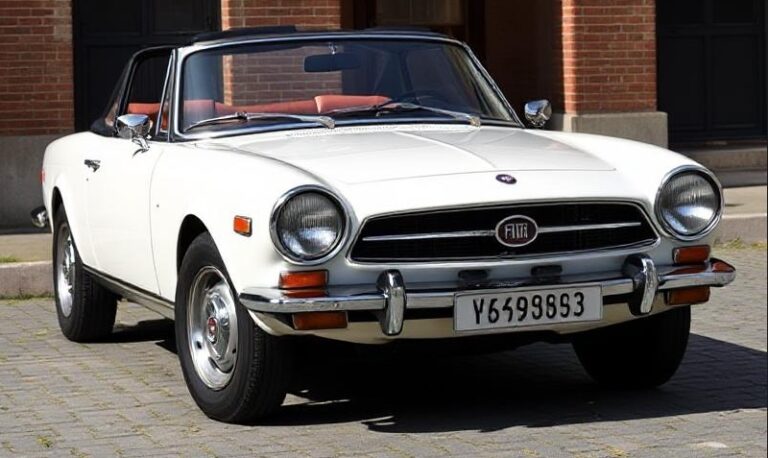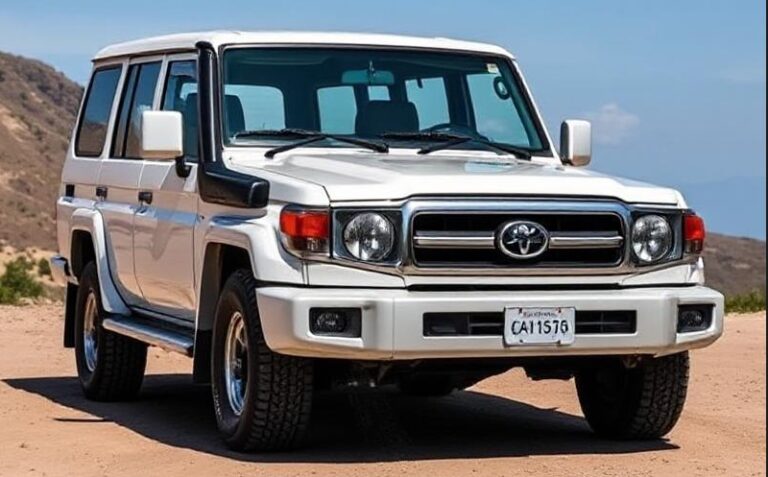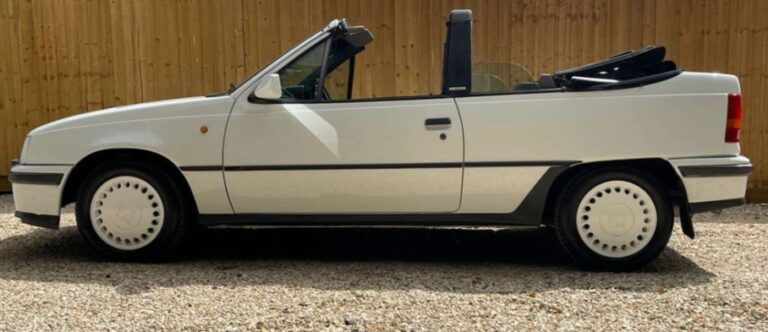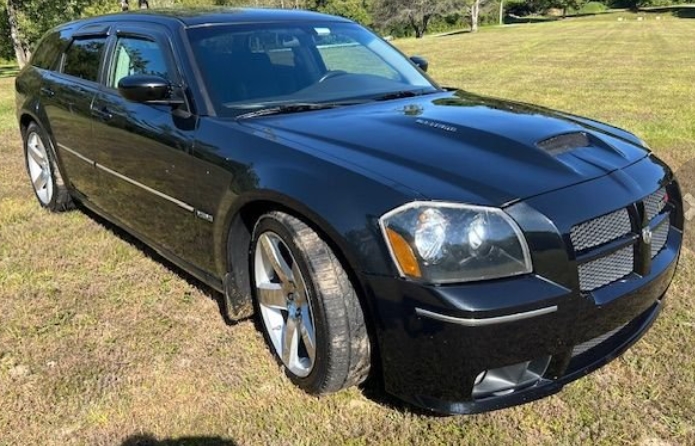The Evolution of BMW X2, X6, and X7: A Comprehensive Overview
BMW’s lineup of SAVs (Sports Activity Vehicles) and SUVs has expanded significantly over the past decade, reflecting the brand’s commitment to luxury, performance, and versatility. Among these, the BMW X2, X6, and X7 stand out as distinct models catering to different market segments. This article traces their development, key model years, and trim level offerings, providing a detailed look at their evolution.
BMW X2: The Compact Crossover
Introduction and Development
The BMW X2 debuted as a subcompact luxury SUV aimed at a younger, style-conscious demographic. It was designed as a sportier alternative to the X1, blending urban agility with the brand’s signature performance.
Production Timeline
- Generation 1 (F39): 2018 – Present (as of 2023)
The X2 was first introduced at the 2017 Frankfurt Motor Show and officially launched in early 2018.
Model Years and Key Updates
| Year | Highlights & Changes |
|---|---|
| 2018 | Launch of the F39 X2 with initial trims and engines. |
| 2019 | Introduction of M Sport trim packages, minor interior updates. |
| 2020 | Introduction of BMW’s latest iDrive system, minor feature upgrades. |
| 2021 | New color options, enhanced driver assistance features. |
| 2022 | Facelift announced, with design refresh and new tech features. |
| 2023 | Current model year, ongoing sales with latest tech and trim options. |
Models and Trim Levels
United States and Europe
The BMW X2 has been offered primarily in the following trim levels:
- sDrive28i / xDrive28i: Entry-level trims with 2.0-liter turbocharged 4-cylinder engine, rear-wheel or all-wheel drive.
- M Sport: Optional package available across trims, featuring sportier styling and suspension.
- M35i: High-performance variant introduced in 2019, featuring a 2.0-liter turbocharged engine tuned for 306 hp.
- X2 xDrive28i M Sport: Combines all-wheel drive with M Sport styling.
- X2 M35i: Top-tier performance model with sportier suspension, M Sport brakes, and aggressive styling.
Powertrain Options
- Petrol: 2.0-liter turbocharged 4-cylinder (various tunes)
- Diesel: 2.0-liter diesel variants available in Europe
- Hybrid: Not yet available for the X2 as of 2023
BMW X6: The Sporty SUV Coupe
Introduction and Development
The BMW X6, often considered the pioneer of the “Sports Activity Coupe” segment, was first introduced in 2008. It combines the practicality of an SUV with coupe-like styling, emphasizing sporty performance and luxury.
Production Timeline
- First Generation (E71): 2008 – 2014
- Second Generation (F16): 2015 – 2020
- Third Generation (G06): 2020 – Present (as of 2023)
First Generation (E71, 2008–2014)
Overview
Launched at the 2008 North American International Auto Show, the E71 X6 was innovative for its time, blending SUV utility with coupe aesthetics.
Models and Trims
- X6 xDrive35i: 3.0-liter turbocharged inline-six, all-wheel drive.
- X6 xDrive50i: 4.4-liter twin-turbo V8.
- X6 M: High-performance variant with a 4.4-liter twin-turbo V8 producing up to 555 hp.
Notable Features
- Standard all-wheel drive.
- Sporty suspension and handling features.
- Luxurious interior options.
Second Generation (F16, 2015–2020)
Overview
The F16 X6 refined the design, offering sharper styling, improved technology, and better efficiency.
Models & Trims
- X6 sDrive35i / xDrive35i: 3.0-liter turbocharged inline-six.
- X6 xDrive50i: 4.4-liter twin-turbo V8.
- X6 M: 4.4-liter twin-turbo V8, producing up to 567 hp.
- X6 M Competition: Enhanced performance with 617 hp (2020).
Features & Updates
- Introduction of BMW’s latest iDrive system.
- Optional M Sport packages.
- Advanced driver assistance features.
- Diesel variants in Europe (e.g., X6 xDrive30d).
Third Generation (G06, 2020–Present)
Overview
The G06 X6 features a more sculpted exterior, larger dimensions, and advanced technology.
Models & Trims
- X6 sDrive40i / xDrive40i: 3.0-liter turbocharged inline-six, 335 hp.
- X6 M50i: 4.4-liter twin-turbo V8, 523 hp.
- X6 M Competition: 4.4-liter twin-turbo V8, 617 hp, sportier suspension and styling.
Notable Features
- Curved Display (dual touchscreen setup).
- Laser headlights optional.
- M Sport differential.
- Adaptive M suspension.
BMW X7: The Full-Size Luxury SUV
Introduction and Development
BMW introduced the X7 in 2018 as its flagship SUV, targeting the luxury full-size segment with an emphasis on space, comfort, and high-end features.
Production Timeline
- First Generation (G07): 2018 – Present (as of 2023)
Model Years and Updates
| Year | Highlights & Changes |
|---|---|
| 2018 | Launch with initial engine options and luxury features. |
| 2019 | Introduction of M Sport trim and new tech features. |
| 2020 | Slight refresh with exterior tweaks and additional technology. |
| 2021 | New optional driver assistance packages. |
| 2022 | Enhanced infotainment system, new colors. |
| 2023 | Current model offerings with latest tech upgrades. |
Models and Trim Levels
Powertrain Options
- X7 xDrive40i: 3.0-liter turbocharged inline-six, 335 hp.
- X7 xDrive50i: 4.4-liter twin-turbo V8, 456 hp.
- X7 M60i: 4.4-liter twin-turbo V8, 523 hp.
- X7 M50i / M60i: Top-tier performance trims with sport suspension, M Sport brakes.
Trims
- Luxury Line: Base luxury features, wood trim, ambient lighting.
- M Sport: Sportier styling, M Sport brakes, suspension.
- Design Pure Excellence: Focused on premium aesthetics.
- M Performance: For the high-performance M60i and M models, featuring adaptive suspension, sport exhaust, and M styling cues.
Notable Features
- Standard three-row seating with options for five or seven seats.
- Advanced driver assistance systems, including semi-autonomous driving features.
- Curved Display with BMW’s latest iDrive 8 system.
- Premium interior options, including Merino leather, wood trims, and Bowers & Wilkins audio.
.
RepairSurge Online Repair Manuals Replace Bulky Books With Reliable Digital Information!
Faster And Cheaper Than Traditional Printed Manuals, Users Get Instant Access To The Repair Information They Need For Any Car, Truck, Van or SUV:
.
Summary of Key Evolutionary Trends
Design
- The X2 has evolved from a sporty hatchback-inspired compact crossover to a more refined, tech-rich urban vehicle.
- The X6’s design has become more aggressive and sculpted, emphasizing performance cues.
- The X7 has grown in size and luxury, becoming a flagship status symbol.
Powertrain and Performance
- All models have seen significant upgrades in engine performance, efficiency, and technology.
- The introduction of M Sport and M models across the lineup highlights BMW’s focus on performance.
- The latest models incorporate hybrid and electrification options, although full electric variants are still emerging.
Technology
- All three models have benefited from BMW’s latest infotainment and driver assistance systems, with larger curved displays, improved connectivity, and semi-autonomous features.
- The evolution from traditional analog controls to advanced digital interfaces marks a significant technological progression.
Market Positioning
- The X2 caters to urban, style-conscious buyers seeking compact luxury.
- The X6 appeals to those seeking sporty styling and performance in a midsize SUV.
- The X7 targets luxury buyers needing spaciousness, comfort, and premium features.
Conclusion
Over the past decade, BMW’s X2, X6, and X7 have each carved out distinctive niches in the luxury SUV market. From the compact, sporty X2 to the bold, coupe-like X6, and the regal, full-sized X7, each model exemplifies BMW’s commitment to innovation, performance, and luxury. Their evolution reflects ongoing advances in technology, design, and engineering, ensuring that BMW continues to meet the diverse needs of modern drivers.
